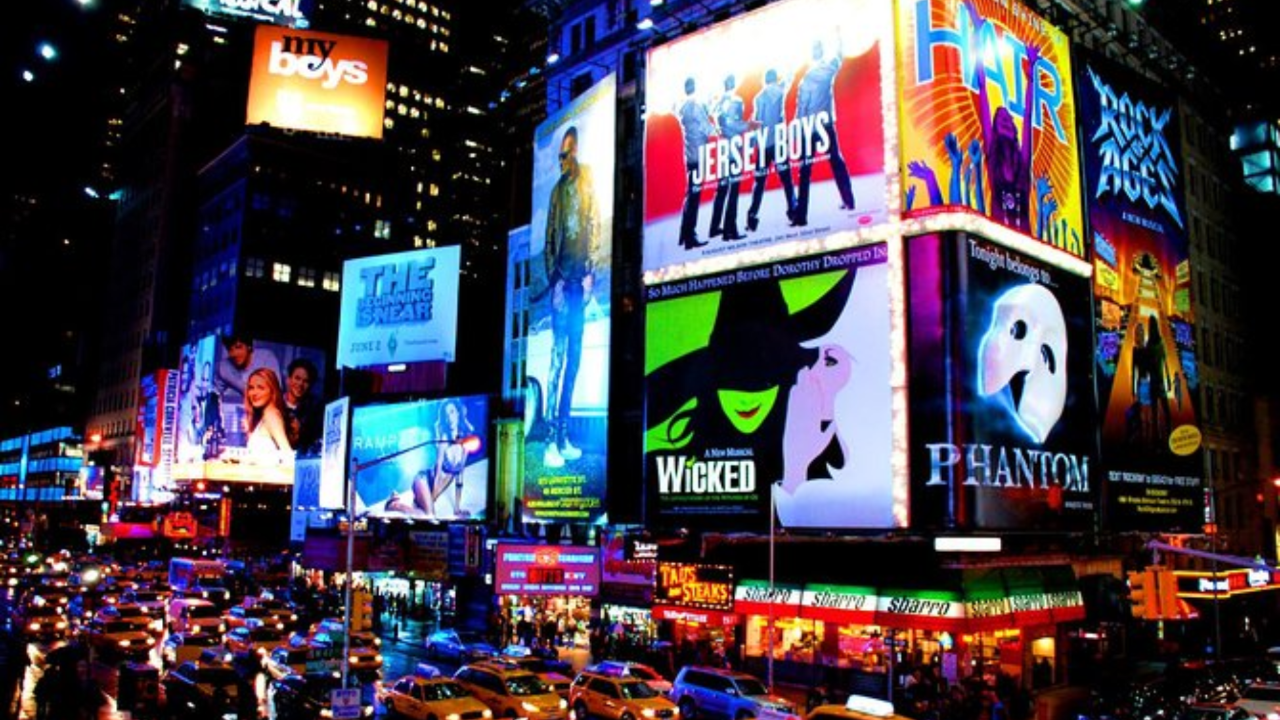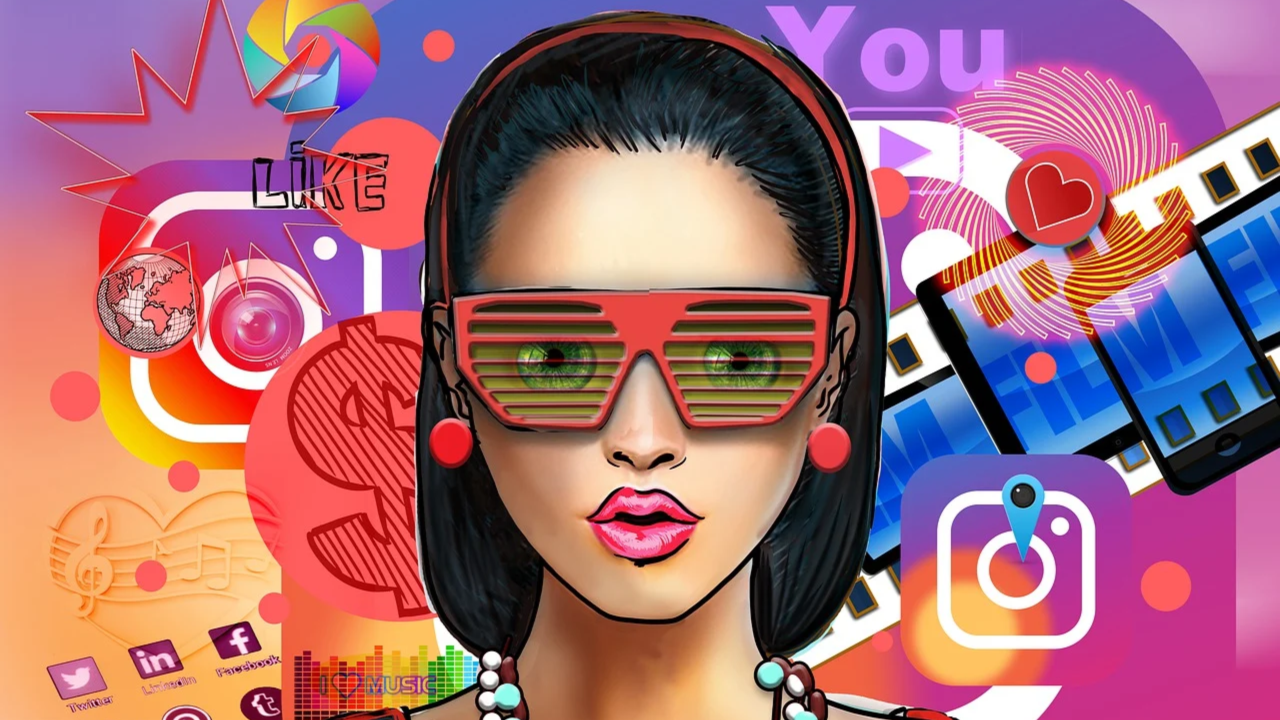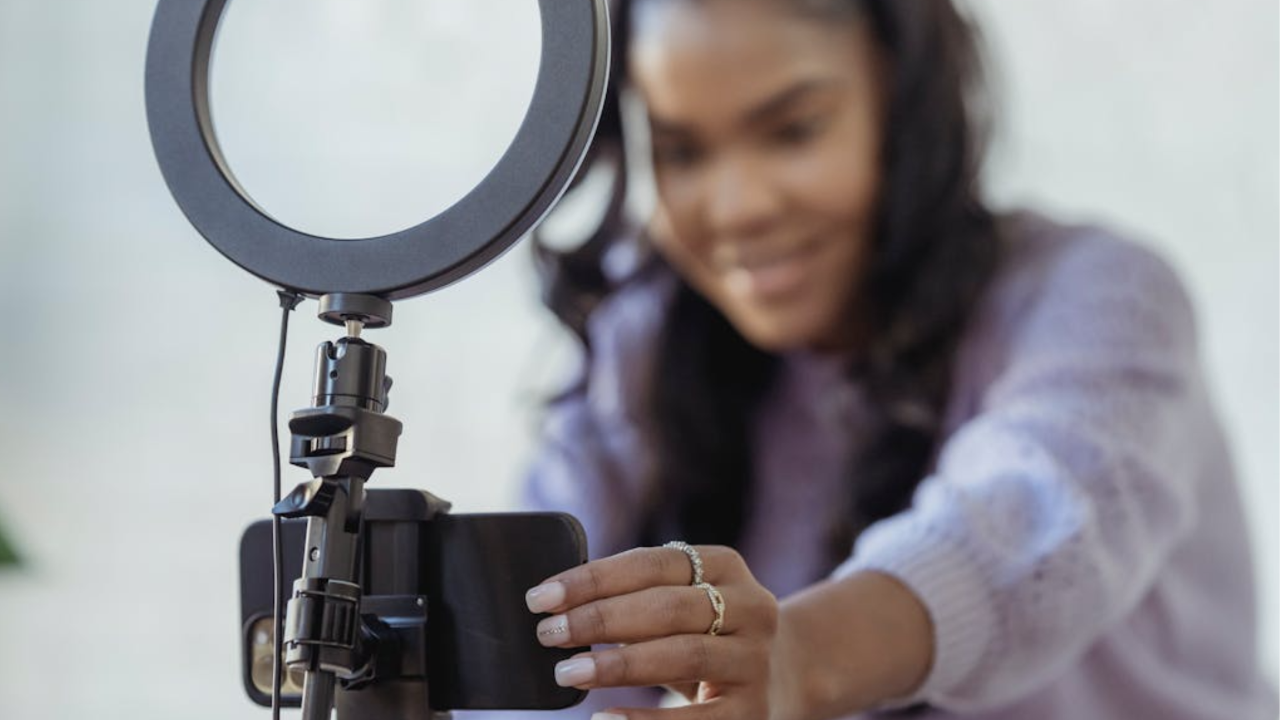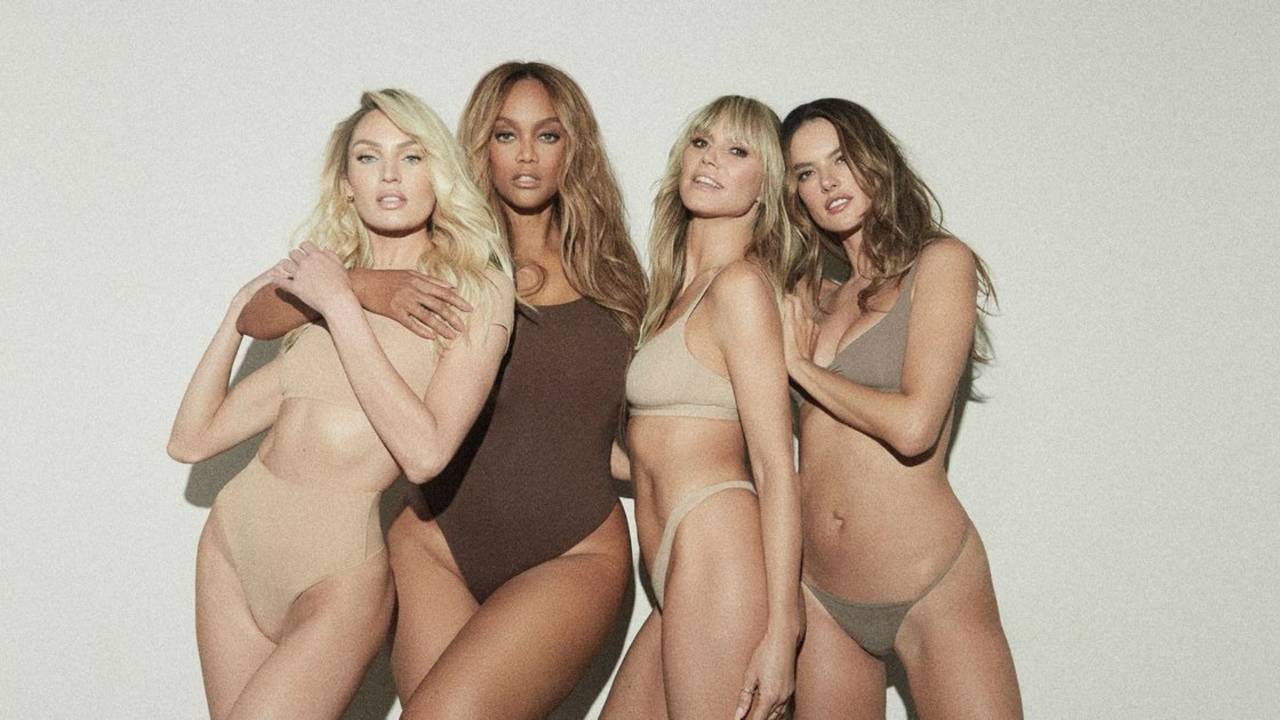Top 3 Best Film Marketing Strategies of 2025 so far
Jul 15, 2025
“On Wednesdays we wear pink”, “What, like it’s hard?”, “I’ll have what she’s having”, and “We’re all in this together”…
We would not know these famous lines if we had not seen the trailer on TV, on a poster displayed at a bus stop, or, most recently, on our social media feeds.
Film marketing is one of the most complex forms of marketing, and without it, you may have never known about most of the films you’ve seen. Even if this type of marketing is not for you, there are elements that can be used in other kinds of marketing.
Let’s take a look at three of the best film marketing strategies: the digital first approach, partnerships, and narrative-driven marketing.
What is Film Marketing?
Film marketing has been evolving rapidly in the last decade. Simply put, it is letting as many people know about a film as quickly as possible before its release.
Effective film marketing can be the difference between a film performing well at the box office and failing. The goal for all movies is to break even or exceed expectations at the box office. If a film fails to do this, it is not the end of the world but it negatively affects everything and everyone involved in the film.
The upside is that because streaming platforms have taken over a lot of the theatrical releases, if a film does poorly, the film can still bring in some revenue to help its financial recovery.
With all this in mind, let's look at a couple of the best film marketing strategies all marketers should be incorporating in 2025.
A New(er) Digital Age: Digital First Approach
Platforms like TikTok, Instagram, and YouTube have taken over the marketing world becoming the best and quickest way to reach audiences. It is important that filmmakers have a strong social media strategy so that when their film comes out, audiences will want to see it as soon as it hits the theatre.
TikTok users are 44% more likely to go to the movies at least once a month compared to those who do not use the app.
A great example of this was the Twisters (2024) social media campaign. This team was able to create content that was not only suspenseful but also relatable to the audience.
Not many films this year have done as good of a job creating buzz around their films the way that Twisters (2024) has, but it is important that we look at what has been working recently. How can marketers take it a step further as trends change and evolve?

Right in the Feels
Film and brand partnerships have always been pretty simple. A brand would pay to have its product shown in the film to get more attention and increase sales. In return, the film makes more money and becomes more realistic to the audience.
Over the years, these partnerships have grown to have more of an emotional impact on viewers. Instead of just placing a product in a random scene, brands are being matched to the film’s emotional themes. This helps make the product feel more like a natural part of the story, and helps the audience connect more with it.
These partnerships do more than help the film and brands - they now benefit the audience. They are offering products that people can use in their daily lives, which allows fans to bring a piece of the world home with them. This makes the experience of the film more personal and exciting.
For example, Wicked teamed up with brands like Bloomingdale’s, Stoney Clover Lane, and R.E.M Beauty. Expanding the world into products that people can buy has benefited each party. The film gets more exposure, the brand connects with the viewer in a more powerful way, and the viewer gets to be a part of the story.

Tell A Story
Narrative-driven marketing is a strategy that creates a story around the story.
The film has its own brand identity and controls how it is seen by the audience by building outside of itself. The main goal is to build brand awareness, loyalty, and connect with audiences.
One example is The Black Phone (2021), which urged viewers to text “ESCAPE” to the Black Phone. Those who participate go on a personalized SMS journey to escape “The Grabber”. Similarly, Weapons (2025) is currently posting eerie photos and videos on social media with little to no explanation. This creates confusion and anticipation before the trailer is released.
This type of marketing strategy goes beyond typical ads by turning promotion into an experience for viewers. This strategy builds engagement and helps the film stand out before it premieres.
Create a story that inspires the viewer to interact with the brand in some way, such as liking the post, following the brand’s social media page, sharing the video with friends, commenting, etc.

What’s Next for Film Marketing?
AI is on the rise and is already affecting the way films are being made and produced. AI is in every single step in the film-making process from scriptwriting to post-production, and this technology is getting better and better every day.
Some of the most common ways we see AI being used are in CGI and visual effects (VFX). AI is able to de-age actors or create digital versions of the characters. One example is in the movie Here (2024), where the actors are de-aged to make them look younger in past sequences of the film. AI makes this process a lot cheaper and less time-consuming.

AI tools help writers brainstorm ideas, improve pieces of dialogue, and can write parts of scripts for them. It is also used in the editing process and helps filmmakers go through all of the shot footage to find specific moments and make changes.
When it comes to marketing a film, streaming platforms like Netflix and Hulu are using AI to see what their viewers are interested in and offer personalized recommendations. This makes it easier for streaming services to target their chosen audience.
The use of AI is very controversial these days, especially in film because there is a worry that storytelling will become stale, originality will be lost, and a host of other concerns. It is important for filmmakers and marketers to utilize AI but not let it take over an entire project.

Lights. Camera. Action!
Now that you know what film marketing strategies are best, go out and see if you can apply them in your industry!
Remember to create a strong social media strategy, connect with the consumer’s emotions, and create a story that inspires action.
Lastly, embrace change. It is important that we understand and use new technology. They are useful tools, but that is all they are: tools. It is even more important that we stay original and keep pushing creative boundaries.
“Never lose sight of what’s really important”. You can figure that one out.
✍️ Written by Emily Kim
JOIN 30K MARKETING GIRLIES
Women in Marketing LinkedIn Group
A private community where young women in marketing network, collaborate, and support each other.
GOOD STUFF ONLY
Sky Society Weekly Edit
Signup for our weekly newsletter for:
✨ New entry-level marketing jobs
✨ Marketing tips and tea
✨ Resume and portfolio resources
✨ Invites to exclusive events
We hate SPAM. We will never sell your information, for any reason.









